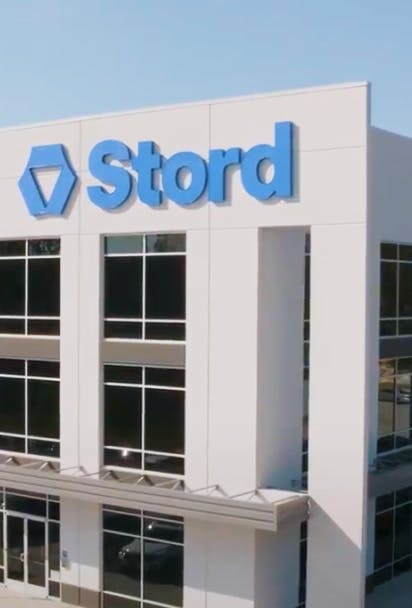June 19, 2020
With more than half of shipping costs spent on the last mile, a company trying to improve its spreadsheet would be wise to hone in on this business expense. Well, it’s not technically one expense. Many factors contribute to last mile expenses, from forecasting and procurement to warehouse costs to transportation, plus billing and other back-end digital functions. The good news is there are a lot of areas to focus on, with multiple options for trimming expenses.
One study showed that profits could decline by 26% over three years for retailers trying to meet service level agreements and customer shipping demands, unless bolstering last mile capabilities. Here are some ways to rework a company’s last mile logistics operations to create efficiencies that don’t sacrifice service and quality, and also retain the ability to increase customer service.
Increase delivery options
Even if customers are paying for their deliveries, carrier choice and terms can affect the shipper’s profitability. Customers have choices not only in who they purchase from, but in balancing when they want deliveries and the cost they’re willing to pay for shipping. Offering a variety of carrier choices and delivery terms allows them to find the best balance. That might be cheaper shipping but a longer timeframe, or shorter delivery time at a greater cost. Customers might be willing to trade off lower shipping costs to deliver all items in one shipment, versus sending them out when available, if they’re coming from different warehouses or locations. Companies may want visibility into the delivery process and delivery routes, including when it leaves the warehouse and where the truck is at all times.
Offering choices of interest to customers means they will stick around. And it can help ensure you don’t lose money on the shipment as well. Research shows that 74% of retail and e-commerce customers who are happy with the last mile delivery service would be willing to spend more on that e-commerce retailer, with 82% telling others about their good experience.
Move inventory closer to customers
Using a distributed warehouse network shortens shipping time and ensures faster access to goods without customers necessarily paying higher prices. This is the model Amazon has taken, moving smaller amounts of merchandise to urban areas in mini warehouses closer to the customer. That allows faster delivery and this can be a strategic advantage in meeting customer expectations and demands. This model is known as forward stocking location (FSL) or field stocking location. The model can be used regularly, or employed for seasonal peaks, or to offer specialized same-day delivery service.
Digitizing your logistics
Shippers can use different software programs to improve visibility and streamline operations. That includes warehouse management software (WMS), transportation management software (TMS), shipping software, enterprise resource planning (ERP) software, route optimization software, billing, invoicing and payment software, or some combination. Some larger ERP systems offer add-on modules, and some are independent systems that may or may not integrate with others. The best systems allow visibility into operations, automating tedious manual efforts and giving analytics abilities to provide a greater understanding into operations. This real-time data and analytics allows companies to shift operations based on newly available information, and that can lower last mile costs and increase customer satisfaction.
A complete supply chain analysis can show where the money is going and may highlight areas ripe for change. Both micro and macro views provide helpful information into a company’s operation.
Invoice automation and auditing
One area that can heavily impact last mile finances is invoicing. Automation again offers the biggest opportunity for shaving unneeded costs without negatively impacting service – it can even improve service. Partner with a company that audits shipping invoices to find carrier service failures. That might include missing a delivery deadline where the carrier has money-back guarantees. Or it might find mistaken charges for shipping services, like paying for overage costs that are inaccurate. Some companies provide this service by taking a cut of the savings. That means there is no added fee and you don’t pay unless you save money – with the savings funding the service cost, while the rest goes into your bank account.
Streamlining invoices by using an automated touchless accounts payable system is another way to cut down on manual labor costs and increase efficiency. You maintain visibility into all invoicing, eliminating lost invoices and gaining the ability to run real-time reports and analyze the numbers any way you see fit. Paper processing is an inefficient burden.
Partner with a company that can help reduce last mile costs and make operations flow more smoothly. Stord can provide a supply chain network analysis to help pinpoint savings and efficiency options. Contact us for one today.




